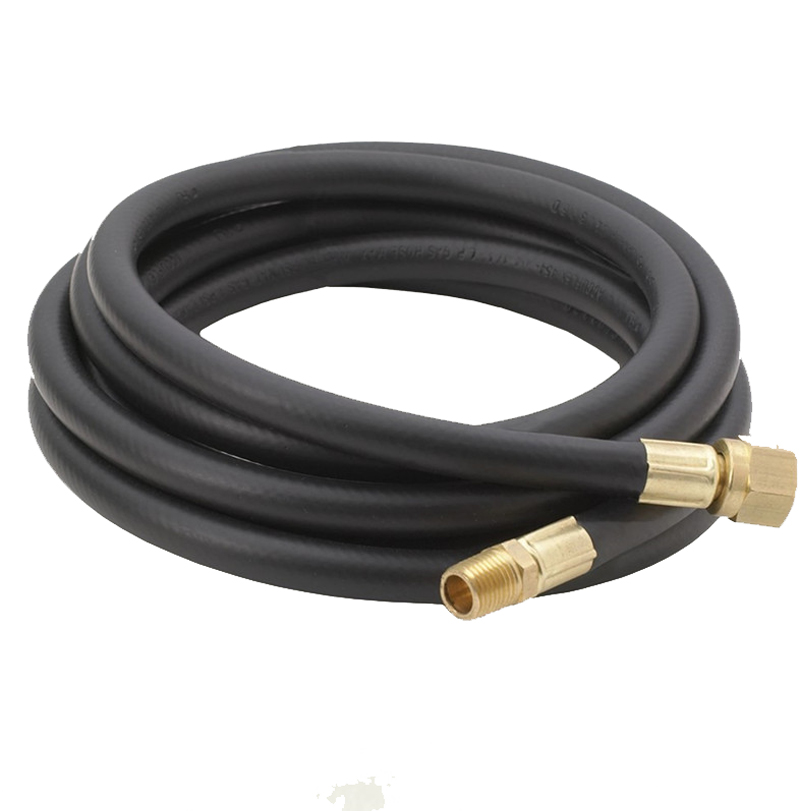335345435
Nov . 15, 2024 11:16 Back to list
hydraulic hose pipe factory
Hydraulic Hose Pipe Factory Engineering Precision for Fluid Power
In the realm of industrial engineering and automation, hydraulic systems play a pivotal role in driving machinery and equipment across various sectors. At the heart of these systems lies a critical component hydraulic hose pipes. The manufacturing of these essential components takes place in specialized facilities known as hydraulic hose pipe factories. This article delves into the operational intricacies of a hydraulic hose pipe factory, highlighting its significance, production processes, and commitment to quality.
Understanding Hydraulic Hose Pipes
Hydraulic hose pipes are flexible conduits designed to transport hydraulic fluids within hydraulic systems. These hoses are engineered to withstand high pressures and extreme temperatures, making them indispensable in industries such as construction, agriculture, mining, and manufacturing. The ability of hydraulic hoses to deliver pressurized fluids efficiently enables a host of machinery, from excavators and forklifts to industrial presses and assembly lines, to function optimally.
The Production Process
The manufacturing of hydraulic hose pipes is a meticulous process that involves several stages, each demanding precision and expertise. The primary raw materials used in the production of hydraulic hoses include synthetic rubber, thermoplastics, and various metals for reinforcement.
1. Material Selection The foundation of a quality hydraulic hose is the selection of appropriate materials. High-grade synthetic rubber is often chosen for its flexibility and resistance to abrasion and weathering. Reinforcements, typically made from high-tensile steel wire or polyester, are integrated into the hose to enhance its burst and kink resistance.
2. Extrusion The manufacturing process begins with the extrusion of the inner tube, which is responsible for containing the hydraulic fluid. Using advanced extrusion machinery, the selected rubber is heated and forced through a die to form the inner lining of the hose.
3. Reinforcement Application After the inner tube is formed, the next step involves wrapping layers of reinforcement around it. This reinforcement is critical for ensuring that the hose can withstand the high pressures generated within hydraulic systems. The layers are meticulously wound to achieve optimal strength and flexibility.
4. Covering and Curing Once the reinforcement is in place, a durable outer cover is applied to protect the hose from environmental factors and external damage. The hose is then cured, a process that involves heating it in a controlled environment to enhance its structural integrity and longevity.
hydraulic hose pipe factory

5. Testing Quality assurance is paramount in the production of hydraulic hoses. Each batch undergoes rigorous testing under various conditions to ensure it meets industry standards. Tests may include pressure tests, impulse tests, and bend tests to guarantee performance under real-world conditions.
Quality Control and Standards
A hydraulic hose pipe factory is typically governed by stringent quality control protocols. Compliance with international standards, such as ISO and SAE, ensures that the manufactured hoses are safe and reliable. Factories often invest in high-tech testing equipment and employ skilled technicians to monitor each stage of production rigorously.
Quality control extends beyond the production line; it also encompasses the sourcing of raw materials. Reputable factories work closely with suppliers who comply with material standards, ensuring that every component meets the necessary criteria for safety and performance.
Innovations in Hydraulic Hose Manufacturing
As industries evolve, so too do the technologies and techniques used in hydraulic hose production. The rise of automation and smart manufacturing has greatly enhanced production efficiency and precision. Advanced machinery equipped with artificial intelligence can monitor production processes in real-time, identify potential issues, and automate adjustments as necessary.
Moreover, the move towards sustainability has prompted manufacturers to explore eco-friendly materials and processes. Innovations in the use of recycled materials and the reduction of waste during production are becoming increasingly common, aligning with global trends towards greener manufacturing practices.
Conclusion
Hydraulic hose pipe factories are integral to the functioning of modern machinery and industrial systems. Through a combination of skilled craftsmanship, advanced technology, and stringent quality control measures, these factories produce critical components that ensure the efficient operation of hydraulic systems around the globe. As industries continue to advance, the role of hydraulic hose manufacturers will remain vital, driving innovation and excellence in fluid power solutions.
-
SAE 100 R17 Black Smooth Cover Hydraulic Hose
NewsMar.07,2025
-
SAE 100 R17 Black Smooth Cover Hydraulic Hose
NewsMar.07,2025
-
SAE 100 R17 Black Smooth Cover Hydraulic Hose
NewsMar.07,2025
-
SAE 100 R17 Black Smooth Cover Hydraulic Hose
NewsMar.07,2025
-
SAE 100 R17 Black Smooth Cover Hydraulic Hose
NewsMar.07,2025
-
steel wire braided hydraulic hose
NewsMar.07,2025



